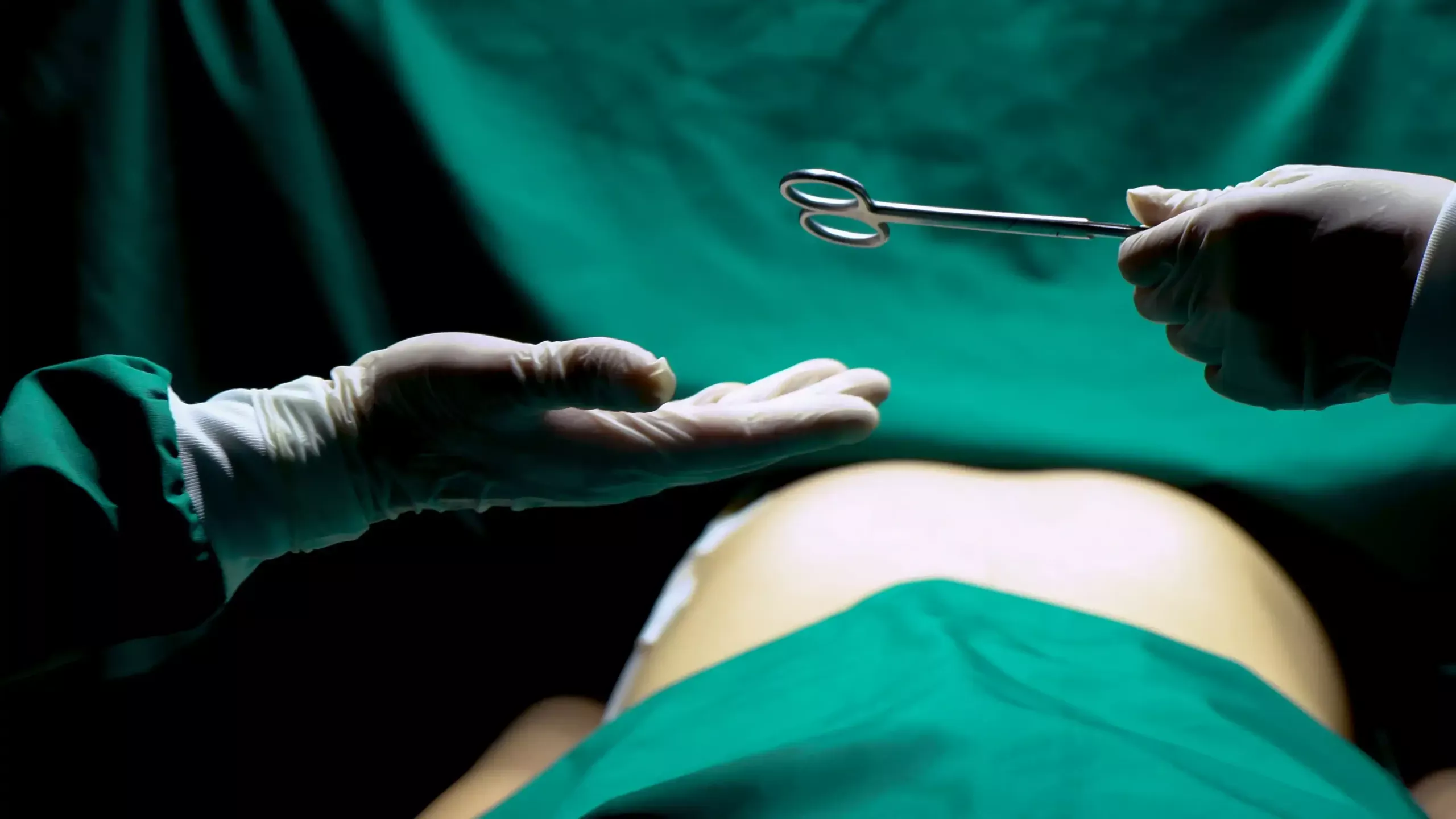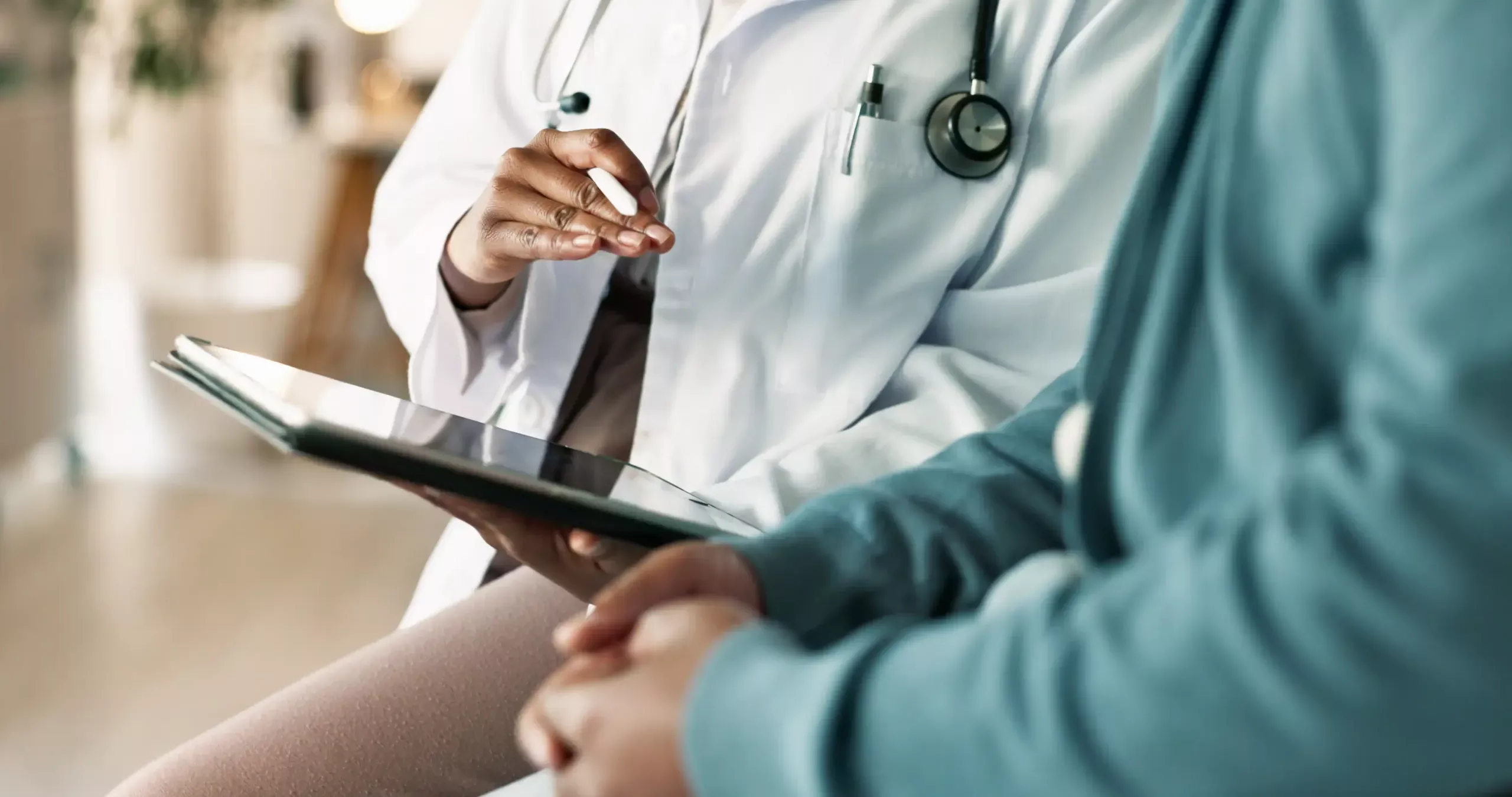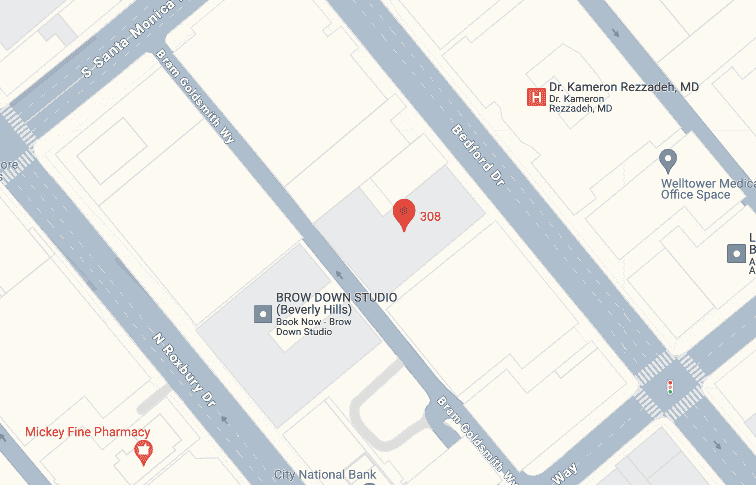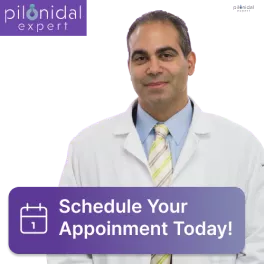Pilonidal sinus disease, also known as pilonidal disease, is a moderately common ailment that affects the area near the tailbone at the base of the spine. It appears as small cysts or abscesses, which can cause pain, irritation, and infection. Understanding the causes and risk factors for pilonidal disease is critical for prevention, early detection, and effective treatment. In this post, we’ll look into the complexities of pilonidal sinus disease, including its causes, symptoms, treatment choices, and where you may get a pilonidal cyst removed.

Understanding Pilonidal Disease
Pilonidal disease is most commonly found in the natal cleft, which is a shallow depression between the buttocks at the base of the spine. The specific cause of pilonidal sickness is still unknown among medical specialists, however, various factors are thought to contribute to its development.
- Hair Follicles and Friction: According to one popular belief, pilonidal illness is caused by hair follicles becoming trapped in the skin. Constant friction and pressure on the problematic area can cause hair to enter the skin, resulting in irritation, infection, and the formation of a pilonidal cyst.
- Congenital Predisposition: Genetic predisposition and congenital variables are thought to play a role in pilonidal illness development. Individuals with structural anomalies in the area, such as a deep birth cleft or extra skin, are more likely to experience hair entrapment and cyst formation.
- Sedentary Lifestyle and Occupational Factors: People who lead sedentary lives or work in occupations that require extended sitting or repetitive damage to the natal cleft are at a higher risk of developing a pilonidal illness. Truck drivers, office employees, and people who ride horses or cycle are all examples.
- Inadequate cleanliness: Poor cleanliness practices, especially in the natal cleft area, can contribute to the development of pilonidal illness. Sweat, dirt, and germs can build up in the cleft, inflaming and infecting the hair follicles.
Signs and Symptoms:
Pilonidal sinus disease often manifests as a variety of signs and symptoms, the severity of which varies from person to person. Recognizing these symptoms can aid in early detection and intervention. The following are some of the most prevalent indications and symptoms of pilonidal sinus disease:
- Pain and tenderness in the affected area are two of the most common symptoms of pilonidal sinus illness. The pain can range from mild to severe, especially when sitting or putting pressure to the area. The presence of infection, inflammation, or the development of abscesses can all affect the intensity of discomfort.
- Swelling and Redness: Pilonidal sinus illness frequently causes swelling and redness around the base of the spine or the natal cleft. The affected area may appear inflamed, with warm skin to the touch.
- Discharge: The presence of discharge from the sinus tracts or pilonidal cysts is another common sign. The discharge is typically thick, yellowish, or red, with a bad odor. Any changes in the consistency, color, or smell of the discharge should be noted because they may suggest an infection or abscess formation.
- Abscess Formation: In some circumstances, pilonidal sinus illness can lead to the formation of abscesses. Abscesses are small collections of pus that can cause excruciating pain, swelling, and discomfort. To relieve symptoms and facilitate recovery, they may require medical intervention such as incision and drainage.
- Recurring Infections: Pilonidal sinus illness is notorious for recurring infections. Individuals suffering from the disorder may have repeated episodes of infection, which are marked by increased discomfort, swelling, and discharge. Recurrent infections can have a substantial influence on everyday activities as well as quality of life.
It is crucial to note that pilonidal sinus illness symptoms differ from person to person. Some people have moderate symptoms that come and go, while others have more persistent and severe problems. If you observe any of these symptoms or suspect pilonidal sinus disease, you should seek medical assistance right away.
If you are suffering any of the aforementioned symptoms or suspect you may have pilonidal sinus illness, you should seek medical attention. They can assess your illness, make an accurate diagnosis, and propose the best treatment options to relieve your symptoms and avoid further consequences.
Also See: How to Treat Pilonidal Sinus?
Treatment Options:
Treatment for pilonidal sinus illness is determined by the severity of the problem, the existence of abscesses or infections, and specific patient variables. The following are some popular therapeutic options:
- Conservative Management: Conservative care entails non-surgical techniques and is typically suggested for mild cases of pilonidal illness. This method emphasizes healing, symptom reduction, and infection prevention. Conservative management may include the following:
- Good Hygiene Practices: It is critical to keep the afflicted region clean and dry. Regular cleansing with mild soap and water, followed by gentle drying, can aid in the prevention of bacterial growth and the reduction of inflammation.
- Warm compresses can relieve discomfort and encourage drainage of minor abscesses or cysts.
- Topical Treatments: Antiseptic ointments or lotions, for example, may be administered to lower infection risk and facilitate healing.
- Incision and Drainage: If there is a big abscess or infection, an incision and drainage surgery may be required. This operation is often conducted under local anesthetic by a healthcare practitioner. It entails making an incision to drain the collected pus or fluid, thereby providing pain relief and encouraging recovery.
- Surgical Excision: Surgical excision may be considered for more severe or recurring cases of pilonidal sinus illness. Surgical excision entails completely removing the pilonidal cyst, as well as any sinus tracts or abscesses. The goal is to remove the source of the virus and prevent further outbreaks. A variety of surgical methods, including:
- Traditional Wide Excision: A broad incision is made to remove the entire cyst and associated tissue. A secondary intention is then used to heal the wound, which entails granulation and re-epithelialization over time.
- Bascom’s Cleft Lift Procedure: This is a specific surgical procedure designed to rebuild the area and avoid recurrence. It entails removing the cyst, reshaping the birth cleft, and suturing the wound shut.
- Flap operations may be utilized in some circumstances, when neighboring healthy tissue is mobilized to cover the wound, lowering healing time and risk of recurrence.
Your healthcare professional will choose the best treatment option for you depending on the severity of your ailment, your general health, and your personal characteristics. They will walk you through the decision-making process, discussing the advantages, disadvantages, and projected outcomes of each option.
Where Can I Get a Pilonidal Cyst Removed?
It is critical to get medical assistance if you feel you have a pilonidal cyst or are suffering signs of pilonidal illness. An initial evaluation should be performed by a healthcare physician or a dermatologist. They can provide an accurate diagnosis, explain treatment choices, and, if necessary, send you to a specialist.
In circumstances where surgery is required, either a general surgeon or a colorectal surgeon may execute the procedure. To guarantee the best results, speak with a skilled healthcare expert who specializes in treating pilonidal illness.
Seek Relief for Pilonidal Disease Today
Are you seeking relief from pilonidal disease? Pilonidal Expert is the place to go for professional care and tailored treatment. Make an appointment with us today. Our skilled team is committed to restoring your comfort and improving your quality of life. Don’t let pilonidal sinus disease take over your life; take action today and begin your path to relief with Pilonidal Expert.








